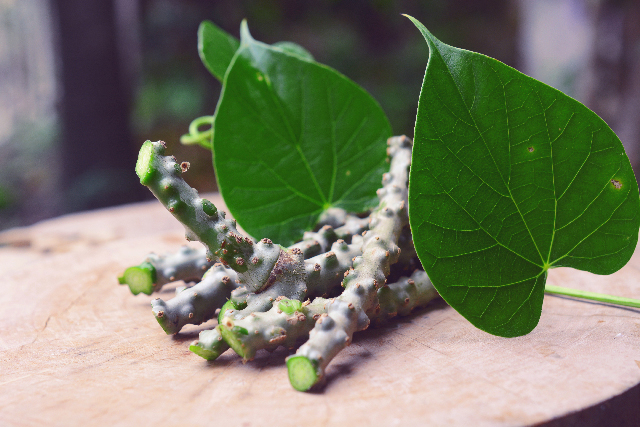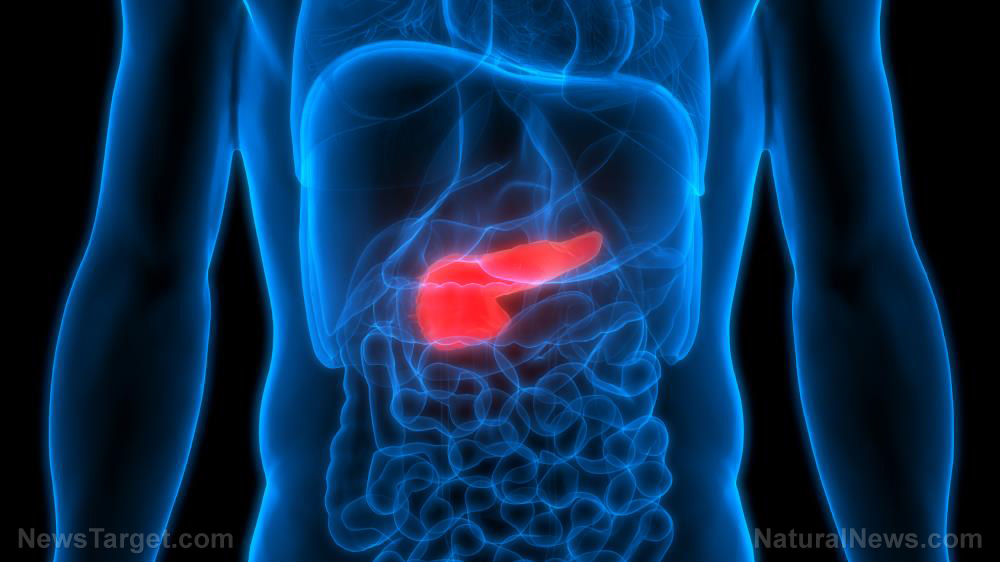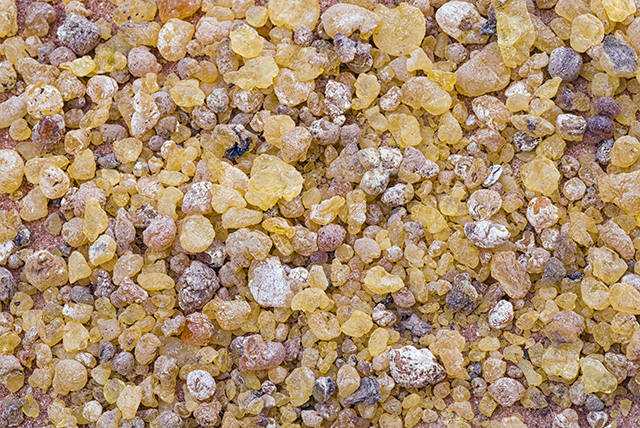Citral can be used to induce cell death (apoptosis) in drug-resistant breast cancer cells
09/14/2018 / By Ellaine Castillo

Research reveals that citral can be used to induce apoptosis on drug-resistant cancer cells in a spheroid model. This study, which was published in BMC Complementary and Alternative Medicine, looked into the potential of citral to specifically target its cytotoxic activity against drug-resistant breast cancer cells.
There have been many advancements in breast cancer therapies throughout the years. Unfortunately, tumor recurrence and metastasis can lead to the formation of drug-resistant cancer cells. Previous studies have shown that citral exhibits cytotoxic activity against different cancer cell lines. However, no studies have been done to test its activity against drug-resistant breast cancer cells.
- In vitro cytotoxic activity of citral on MDA-MB-231 cells was determined using an MTT assay.
- Spheroid models of MDA-MB-231 cells were developed. Different concentrations of citral were also used to treat these spheroids.
- Drug resistance phenotype of MDA-MB-231 spheroids was determined, with doxorubicin, cisplatin, and tamoxifen as positive controls.
- Annexin V/ 7 AAD flowcytometry was done to study the effect of citral on apoptosis.
- An aldefluor assay was conducted to determine if citral could inhibit an aldehyde dehydrogenase positive population.
- Quantitative real time-PCR and western blot were performed to determine the potential mechanism for citral effect.
Results of these experiments show that citral can inhibit the growth and self-renewal of MDA-MB-231 spheroids by downregulating the Wnt/beta-catenin pathway. Aside from this, they also observed that citral’s ability to induce apoptosis follows a dose-dependent manner.
Read the full text of this study at this link.
Learn more studies and developments about cancer treatments by visiting Cancer.news today.
Journal reference
Nigjeh SE, Yeap SK, Nordin N, Kamalideghan B, Ky H, Rosli R. CITRAL INDUCED APOPTOSIS IN MDA-MB-231 SPHEROID CELLS. BMC Complementary and Alternative Medicine. 13 February 2018; 18(56). DOI: 10.1186/s12906-018-2115-y
Tagged Under: aroma, breast cancer, cancer, cancer treatment, cell death, citral, drug resistance, natural cures, Natural Treatments




















